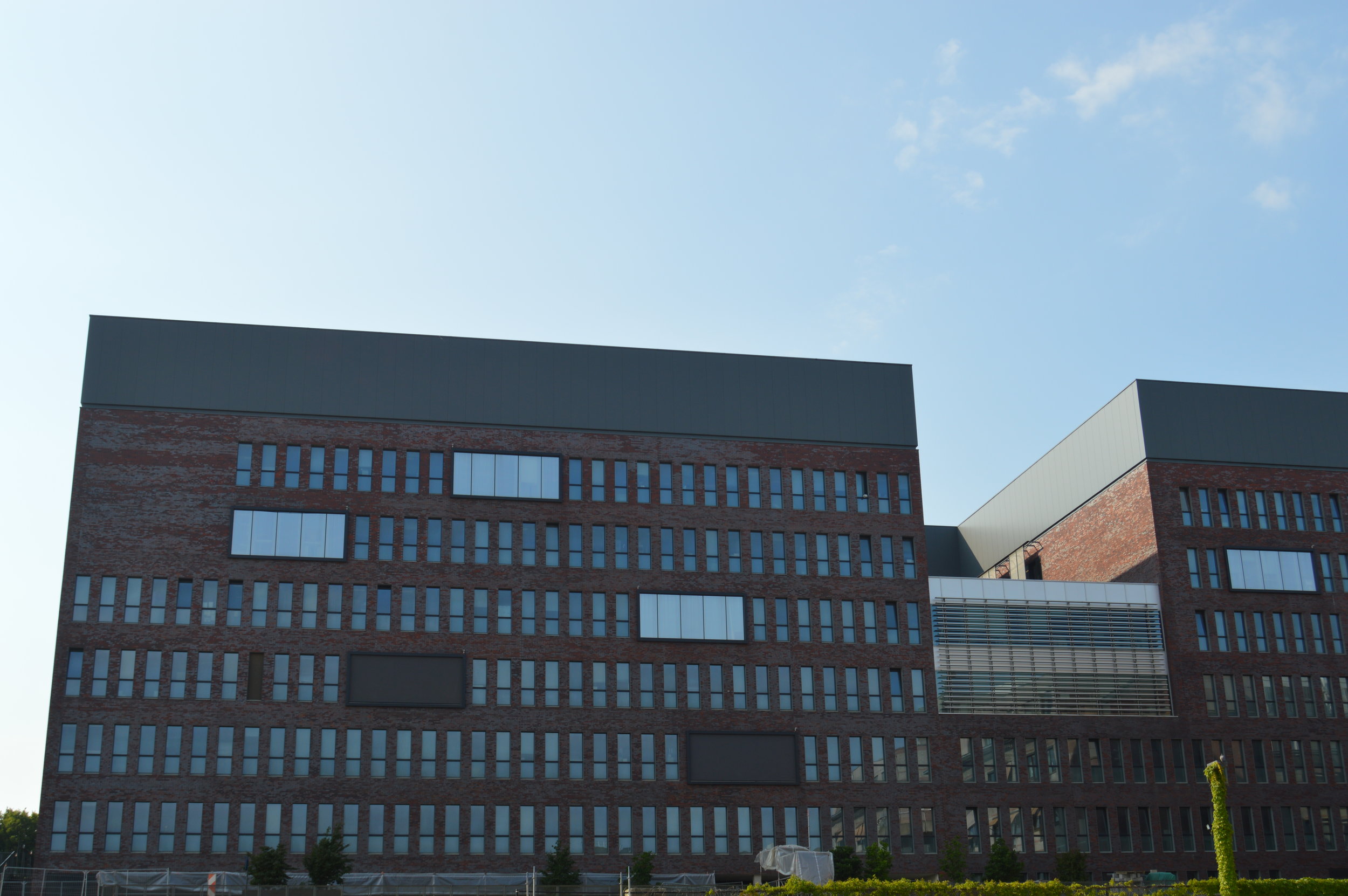Multiplexed Immunohistochemistry (mIHC) using MILAN
Single-cell omics aim at charting the different types and properties of all cells in the human body in health and disease. Over the past years, myriads of cellular phenotypes have been defined by methods that mostly required cells to be dissociated and removed from their original microenvironment, thus destroying valuable information about their location and interactions. Growing insights however are showing that such information is crucial to understand complex disease states.
For decades, pathologists have interpreted cells in the context of their tissue using low-plex antibody- and morphology-based methods. Novel technologies for multiplexed immunohistochemistry are now rendering it possible to perform extended single-cell expression profiling using dozens of protein markers in the spatial context of a single tissue section. The combination of these novel technologies with extended data analysis tools allows us now to study cell-cell interactions, define cellular sociology, and describe detailed aberrations in tissue architecture, as such gaining much deeper insights in disease states.
In our laboratory, we installed and improved an novel technology for multiplexed immunohistochemistry called MILAN. By using high-dimensional multiplexed immunohostochemistry, we are able to map the tissue architecture of brain tumors at unsee resolution. This involves not only extended wetlab experimentation (where the staining is done), but also extended bioinformatics pipelines to analyse the millions of single cells and study their complex interactions across patient populations. Similar to the fact that no one can just “read” a genome, pathological assessments are in dire need for extended digital data repositories to bring diagnostics and tissue interpretation to the next level.
Multiplexed IHC using the MILAN method is available as a service. More information can be found here.
We are always looking for new collaborations to further study brain tumor architectures. Please reach out to Prof. Frederik De Smet for more information.
We recently published a paper in Nature Neuroscience where we studied the tissue architecture of Glioblastoma at spatially-resolved, single-cell resolution.
![IMG_0535[1].JPG](https://images.squarespace-cdn.com/content/v1/58b2f2f403596e617b31a171/1529063265492-5XP14HTQ7NKOL4M9F848/IMG_0535%5B1%5D.JPG)
![IMG_0521[1].JPG](https://images.squarespace-cdn.com/content/v1/58b2f2f403596e617b31a171/1529063234484-MJW93L6ZMADG45PASS25/IMG_0521%5B1%5D.JPG)





